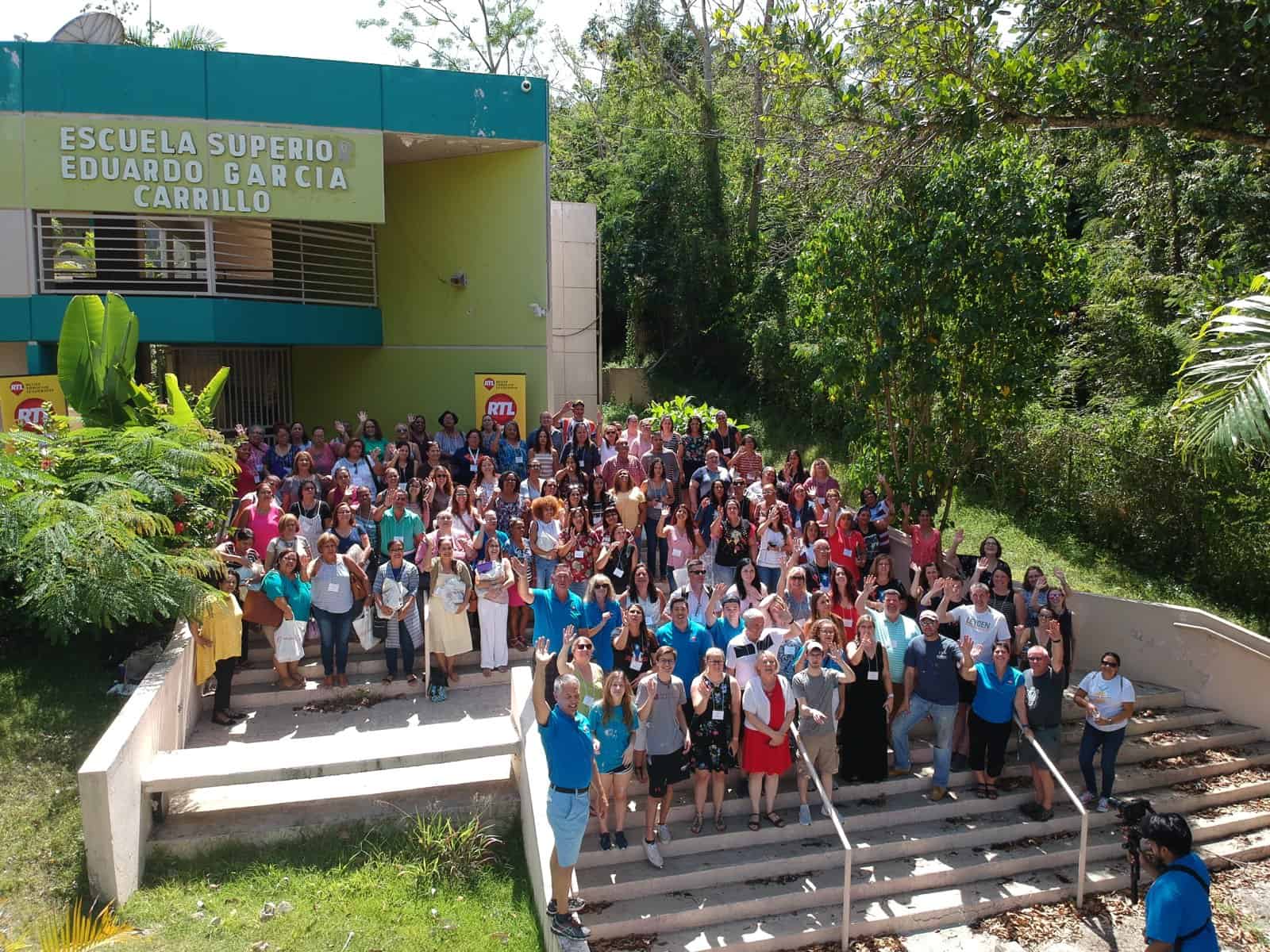Returning to the workplace after working from home during the COVID-19 pandemic requires patience and flexibility in adapting to new procedures. Organizations can ease the transition by reconnecting with both employees and with first responders.
First, you need to reestablish the team dynamic in person. Part of that dynamic includes the company culture, which has undoubtedly been tested by COVID-19. Participation, recognition and accountability all look different for remote teams. Now is the time to reconnect those dots face-to-face while everyone works to adjust and thrive in the new work environment.
Beyond the employee experience, workplaces also should reconnect with local law enforcement and first responders. They play a critical role in the company’s safety planning and should be notified of any facility or procedural changes to ensure complete preparation for emergency situations.
Pandemic-Related Changes in the Workplace
There’s no denying the work environment looks different these days. Here are the most common pandemic-related changes made to workplaces:
- Staggered entrance/exit times and locations
- Health-monitoring procedures at entry
- Personal protective equipment (masks, etc.)
- One-way hallways
- Distanced workstations
- Extra hand sanitizer and cleaning procedures
- Limited in-person meetings
- Restricted social areas
- Limited visitor policy
When employees are accustomed to operating a certain way, it might take time to make changes, especially if these changes affect the way people collaborate. It’s one thing to stay distant at the grocery store using minimal communication; it’s entirely different to lead a staff meeting while speaking through a mask. Interpersonal dynamics will change, too, with the inability to see smiles or other facial gestures and the need to distance (even during lunch breaks).
Leaders need to pay attention to how the overall dynamics play into the company’s culture as well. Team members may not feel as connected as they did before COVID, and this could lead to lower-quality work and weaker camaraderie. Employees who blame the organization for pandemic-related issues may be quicker to jump ship, so keep culture top-of-mind to avoid a dip in morale.
Keep Employees Informed
Upon returning, employees may feel stressed from following so many health and safety guidelines. It is the responsibility of safety directors and/or HR leaders to partner with local health departments and stay up-to-speed on new guidelines and directions for keeping offices open. More importantly, leaders must keep employees informed with calm, focused communications that breed confidence and minimize fear and anxiety. Change is stressful, but companies that provide well-planned, thoughtful communication will alleviate that stress for employees.
The company also needs to reassess its comprehensive safety plan and make sure all employees understand what to do in an emergency. Reassessing the plan after pandemic protocols are in place means the organization recognizes the potential for new risks. Perhaps employees’ desk locations have changed and new training on building evacuation for fire or active-shooter situations is in order. Maybe the facility manager converted emergency exits to regular doors to allow for spaced-out pedestrian traffic in and out of the building. Walking through these changes together – and knowing the company keeps everyone informed – helps employees reassure one another during this challenging time.
Keep First Responders Informed
Changes in entrance and exit locations and floor plans are certainly important for staff to understand, but have you notified everyone who needs to know? Don’t forget to send new or revised office floor plans to your local police and fire departments. Having this information before emergencies occur helps first responders know what to expect and can save valuable time during critical incidents.
The Interactive Site Mapping service from Navigate360 does the heavy lifting for your organization. We take 360-degree images of all rooms on office floor plans to help emergency personnel identify safety information within the building. This includes fire pulls, AEDs and roof access, as well as building shut-off locations such as gas, electric, water and fire suppression. Give first responders the foresight they need to easily locate shut-off valves, avoid dangerous mechanical rooms and potentially save lives.
Leveraging Community Partnerships
At a time when life has been jolted and reimagined, it’s smart to recognize that returning to the office will include new threats to both physical and mental health. Many employees will return with stress related to personal or family illness, life disruption, grief following the death of a loved one or coworker, changes in kids’ school format or schedule and more.
Reinforce with the entire staff that additional stressors related to the pandemic are normal and should be supported and monitored. Encourage employees to seek help when stress leads to one or more of the following:
- Major changes in diet
- Difficulty sleeping or concentrating
- Worsening of chronic health problems
- Increased use of tobacco and/or alcohol
Enlist Employee Assistance Programs (EAPs) to provide support, counseling, mental health assessment and referrals if necessary. Leverage community mental health agencies to create collaborative partnerships that are mutually beneficial in supporting the employee and the employer. When employees receive the help they need and learn to cope with stress in a healthy way, they are more focused and productive. This helps build a more successful organization, and ultimately, everyone wins.



